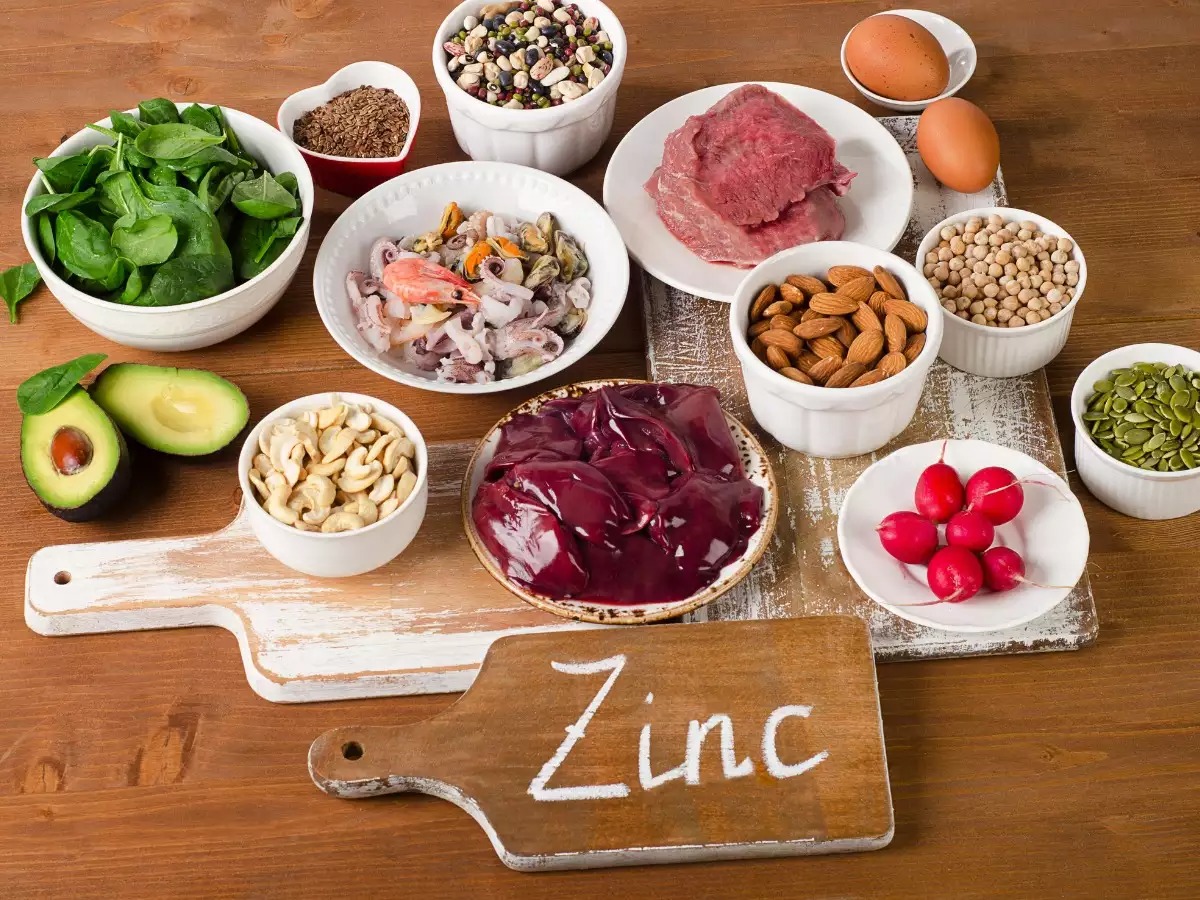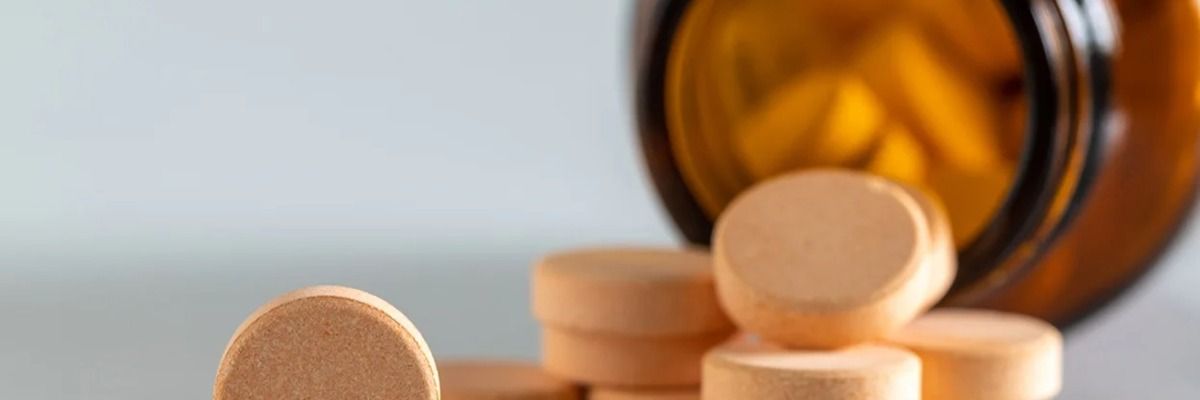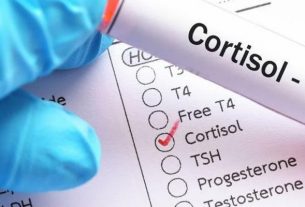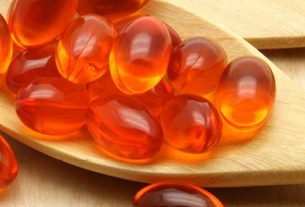Zinc is one of the elements that, in addition to magnesium and calcium, are essential for the proper functioning of our body. He participates in cellular metabolism, which is important for the normal well-being of a person. Therefore, it is worth controlling its level.
Useful properties of zinc for the body
Zinc is a trace element that is found in small quantities in the human body. It is only 2 to 4 grams, while the daily requirement is 8 to 11 milligrams per day. Therefore, the element should be replenished in the diet. If the dose is insufficient, zinc should be added. It is present daily in muscles, bones, skin and kidneys. In men, it also occurs in the prostate. Absorbed into the gastrointestinal tract. Its citrate is much more effective than the popular sulfate.
The health benefits of this unusual element are invaluable. In fact, it is an element necessary for proper growth and development. It affects the improvement of the immune, bone, nervous and circulatory systems.
The beneficial properties of zinc include:
- strengthening memory and increasing concentration of attention;
- neutralization of alcohol in the body;
- effective assimilation of vitamins C, E, A;
- increasing resistance to infectious diseases;
- preventing premature birth and reducing the risk of complications during pregnancy;
- protection against upper respiratory tract infections and influenza;
- influence on the process of bone mineralization;
- responsible for the normal level of insulin in the blood;
- responsibility for the proper functioning of internal organs;
- influence on the acceleration of the wound healing process;
- auxiliary action for the treatment of acne;
- the possibility of improving vision;
- healthy hair care; nails and skin;
- the ability to regulate the menstrual cycle in women;
- influence on the quality and quantity of sperm in male sperm.
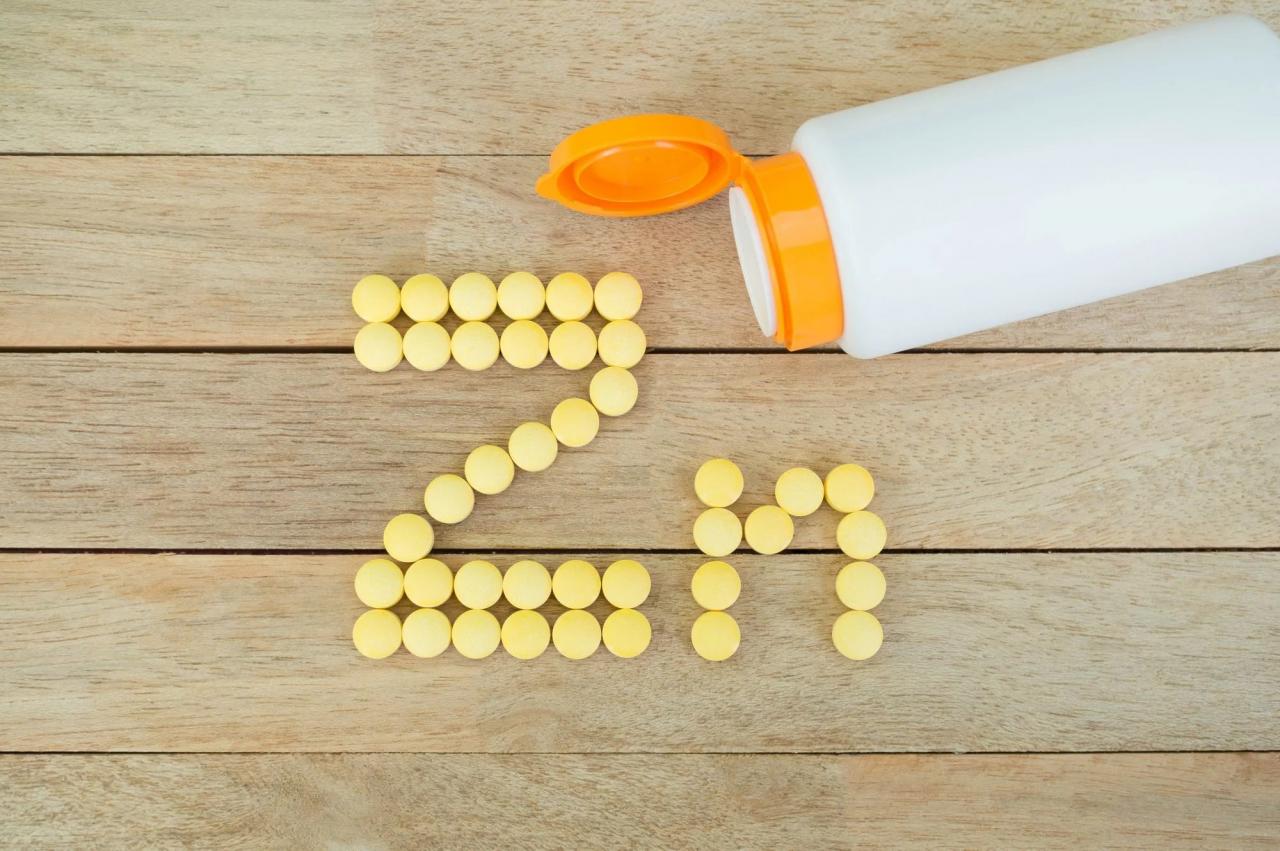
Where is zinc found
Where is zinc found? Primarily in foods and supplements that offer varying amounts. This element is constantly present in our food. Oysters, beef and pumpkin seeds contain the largest amounts. It can also be found in poultry and some vegetables such as mushrooms or beans. The sources of zinc are wheat bran, buckwheat, pistachios and cashews. If these foods do not appear too often on our menu, we may experience a lack of zinc in the body. Then it should be introduced additionally.
There are a number of drugs and supplements on the pharmaceutical market that answer the question of where zinc is contained in their formula. It can be used along with other elements, as it is an integral component of vitamin preparations for pregnant women or drugs that support potency. It is very often combined with selenium, which also affects male fertility. Choose from zinc gluconate, sulphate and zinc citrate. The latter is absorbed best, so it is especially recommended for people with a deficiency. However, you must be careful when swallowing multiple supplements. The combined dose of zinc can lead to a zinc overdose.
